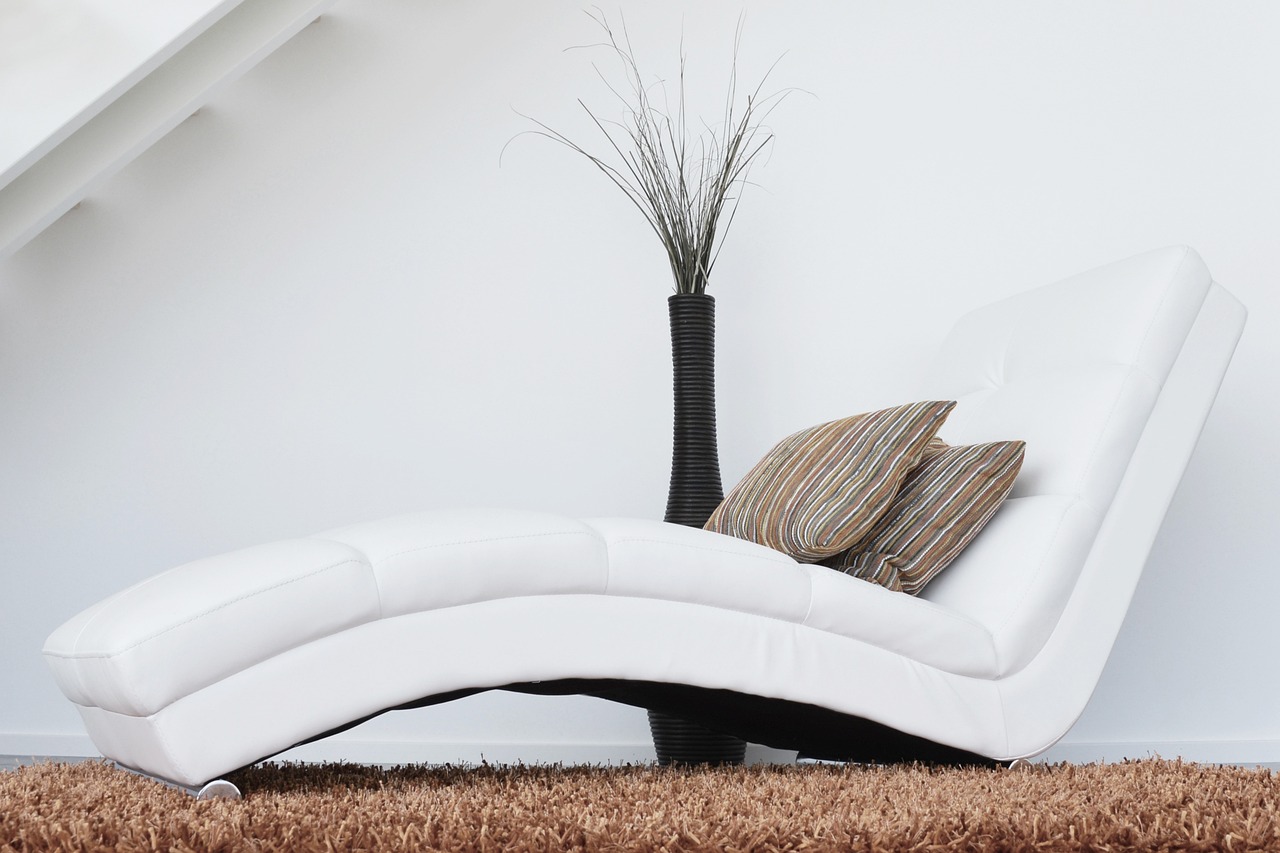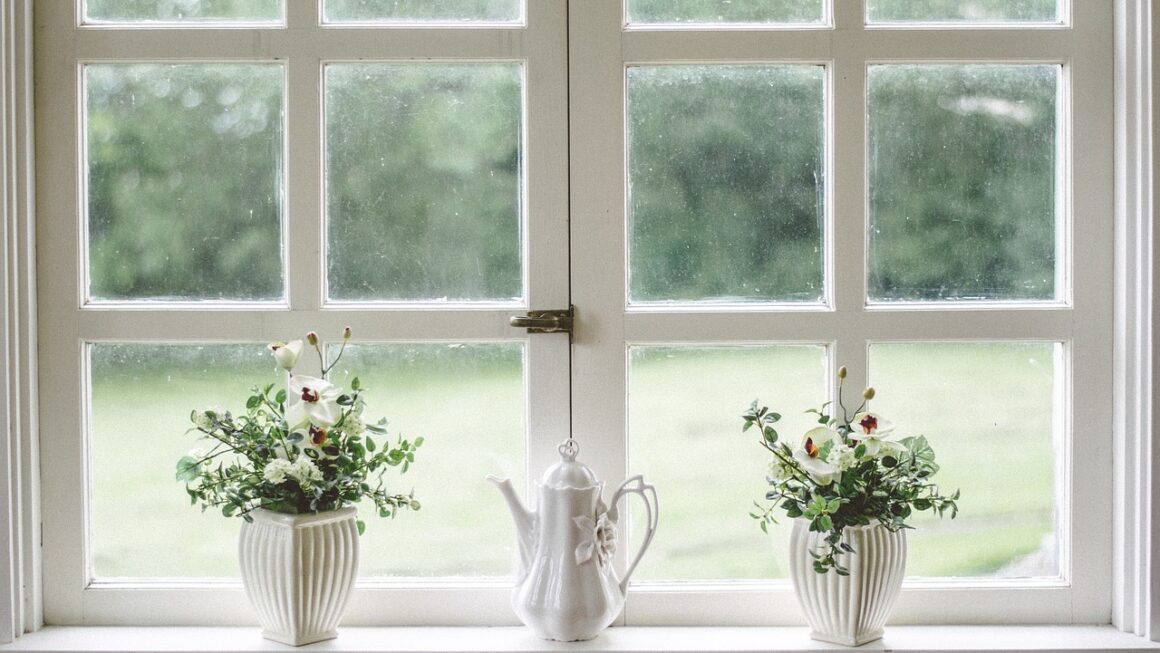Welcoming a new baby into your life is a joyous occasion, filled with countless moments of love and care. However, it also brings new responsibilities, particularly when it comes to ensuring your little one’s safety and well-being. A baby monitor can be an invaluable tool in this journey, offering peace of mind by allowing you to keep a watchful eye and ear on your baby, even when you’re not in the same room. In this comprehensive guide, we’ll explore the various types of baby monitors, their features, and how to choose the right one for your family’s needs.
Understanding the Types of Baby Monitors
Choosing the right baby monitor can feel overwhelming with so many options available. Let’s break down the main types to help you navigate the choices.
Audio Monitors: The Basics
- These monitors transmit sound from the baby’s room to a receiver carried by the parent.
- Benefits:
Simple to use and generally more affordable.
Long battery life is common.
Minimal interference compared to older models.
- Practical Example: A basic audio monitor is perfect for smaller homes or apartments where you can easily hear your baby if they cry.
Video Monitors: Eyes on Your Little One
- Video monitors add a visual component, allowing you to see your baby in addition to hearing them.
- Features:
Some models offer pan, tilt, and zoom capabilities for a wider view.
Infrared night vision lets you see your baby clearly in the dark.
Two-way talk allows you to soothe your baby remotely.
- Practical Example: A video monitor with night vision is ideal for checking on your baby without disturbing their sleep.
Smart Monitors: Connected Convenience
- Smart monitors connect to your home’s Wi-Fi network, allowing you to view the feed on your smartphone or tablet.
- Advantages:
Remote viewing from anywhere with an internet connection.
Some models offer advanced features like sleep tracking, breathing monitoring, and temperature/humidity sensors.
* Alerts and notifications sent directly to your device.
- Data Point: According to a recent study, smart baby monitor sales have increased by 30% in the past year, indicating growing consumer interest.
- Practical Example: A smart monitor with sleep tracking can help you identify patterns in your baby’s sleep and adjust their routine accordingly. Be mindful of privacy settings and security vulnerabilities when using Wi-Fi connected devices.
Key Features to Consider
Beyond the basic type, several features can significantly enhance the functionality and convenience of your baby monitor.
Range and Interference
- Consider the size of your home and the distance between the baby’s room and where you’ll typically be.
- DECT (Digital Enhanced Cordless Telecommunications) technology is generally less prone to interference than older analog models.
- Wi-Fi monitors are dependent on your internet connection’s stability and range.
- Actionable Takeaway: Test the monitor’s range in your home before fully committing to a specific model.
Battery Life and Power
- Check the battery life of both the baby unit and the parent unit.
- Consider monitors with rechargeable batteries for convenience and cost savings.
- Some models offer a battery-saving mode to extend battery life.
- Practical Example: A monitor with a long battery life is essential for overnight use or when you’re moving around the house frequently.
Security and Privacy
- Opt for monitors with encryption to protect your baby’s video and audio feed from unauthorized access.
- Change the default password on your Wi-Fi monitor to a strong, unique password.
- Be mindful of the privacy settings and data collection practices of the monitor manufacturer.
- Actionable Takeaway: Research the security features of the monitor and read reviews to see if other users have reported any privacy concerns.
Special Features and Sensors
- Movement and sound detection: Alerts you when your baby moves or makes noise.
- Temperature and humidity sensors: Helps you maintain a comfortable environment in the baby’s room.
- Two-way talk: Allows you to soothe your baby remotely.
- Lullabies and white noise: Can help your baby fall asleep and stay asleep.
- Practical Example: A monitor with a temperature sensor can alert you if the room is too hot or too cold, allowing you to adjust the thermostat accordingly.
Setting Up and Using Your Baby Monitor
Proper setup and usage are crucial for maximizing the effectiveness of your baby monitor.
Placement and Positioning
- Position the baby unit securely and out of your baby’s reach to prevent injury.
- Follow the manufacturer’s instructions for recommended distance and angle.
- Avoid placing the baby unit near cords or other potential hazards.
- Safety Tip: Always keep cords out of reach of children to prevent strangulation hazards.
Testing and Troubleshooting
- Test the monitor’s range and functionality before relying on it.
- Check the batteries regularly and replace them as needed.
- Consult the user manual for troubleshooting tips.
- Practical Example: Test the monitor’s night vision capabilities in a dark room to ensure it provides a clear image.
Maintaining a Safe Environment
- While baby monitors provide peace of mind, they should not replace direct supervision.
- Regularly check on your baby in person, especially during naptime and bedtime.
- Ensure the baby’s crib and room are free of hazards.
Making the Right Choice for Your Family
Consider your lifestyle, budget, and specific needs when choosing a baby monitor.
Evaluating Your Needs
- Think about the size of your home, the layout of your rooms, and your typical routine.
- Consider any special features or sensors that would be particularly beneficial for your baby.
- Read reviews and compare different models before making a decision.
- Actionable Takeaway: Create a list of your must-have features and prioritize them based on your needs and budget.
Budget Considerations
- Baby monitors range in price from affordable audio models to high-end smart monitors.
- Set a budget before you start shopping and stick to it.
- Consider the long-term costs, such as battery replacements or subscription fees for smart features.
- Tip: Look for sales and discounts to save money on your purchase.
Reading Reviews and Seeking Recommendations
- Read online reviews from other parents to get insights into the pros and cons of different models.
- Ask friends, family, or your pediatrician for recommendations.
- Look for reviews that address issues such as range, battery life, reliability, and security.
Conclusion
Choosing the right baby monitor is a personal decision, but understanding the different types, features, and safety considerations can help you make an informed choice. By carefully evaluating your needs, budget, and lifestyle, you can find a monitor that provides peace of mind and helps you stay connected with your little one. Remember that a baby monitor is a tool to assist in caregiving, not a replacement for attentive parenting.




